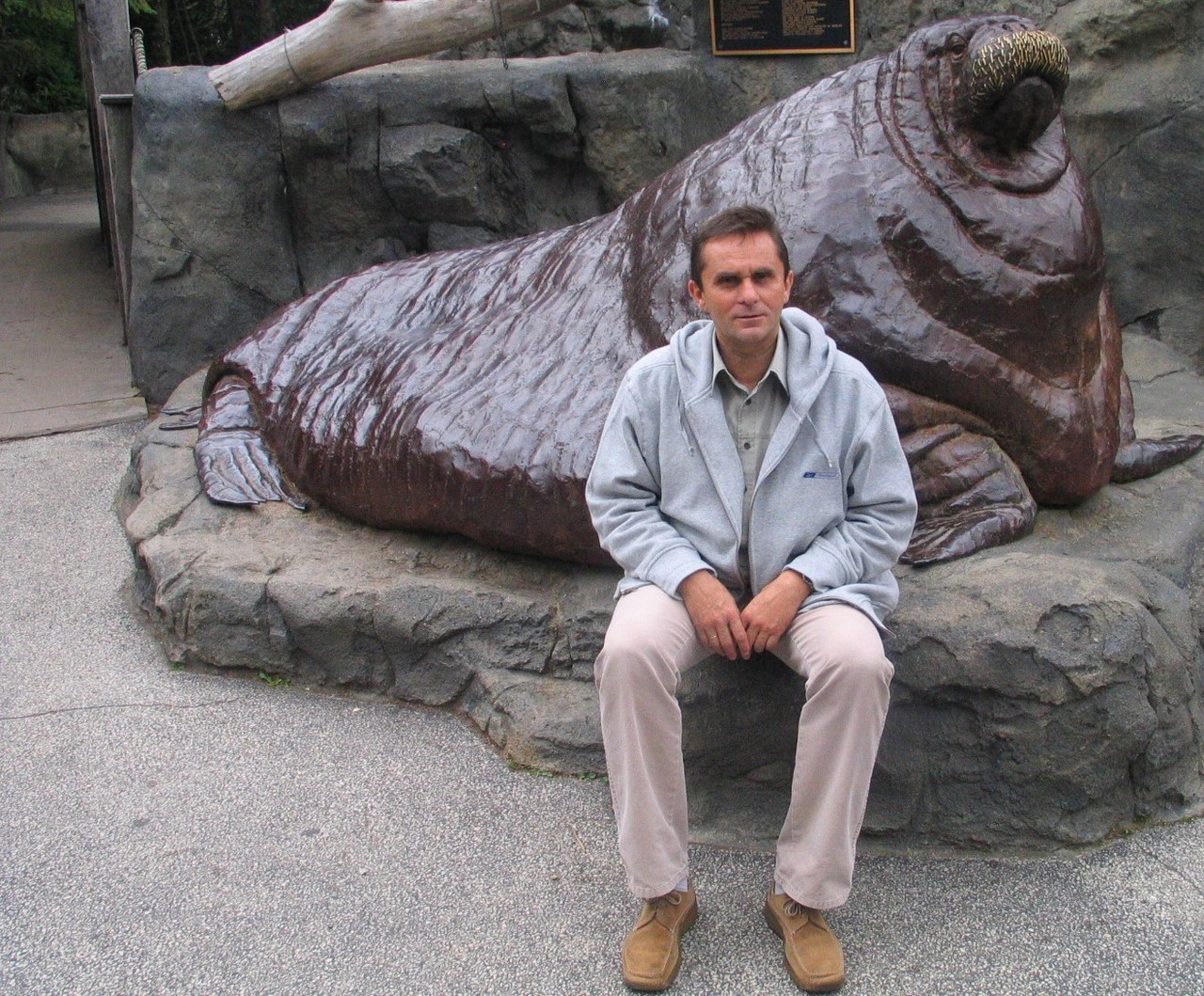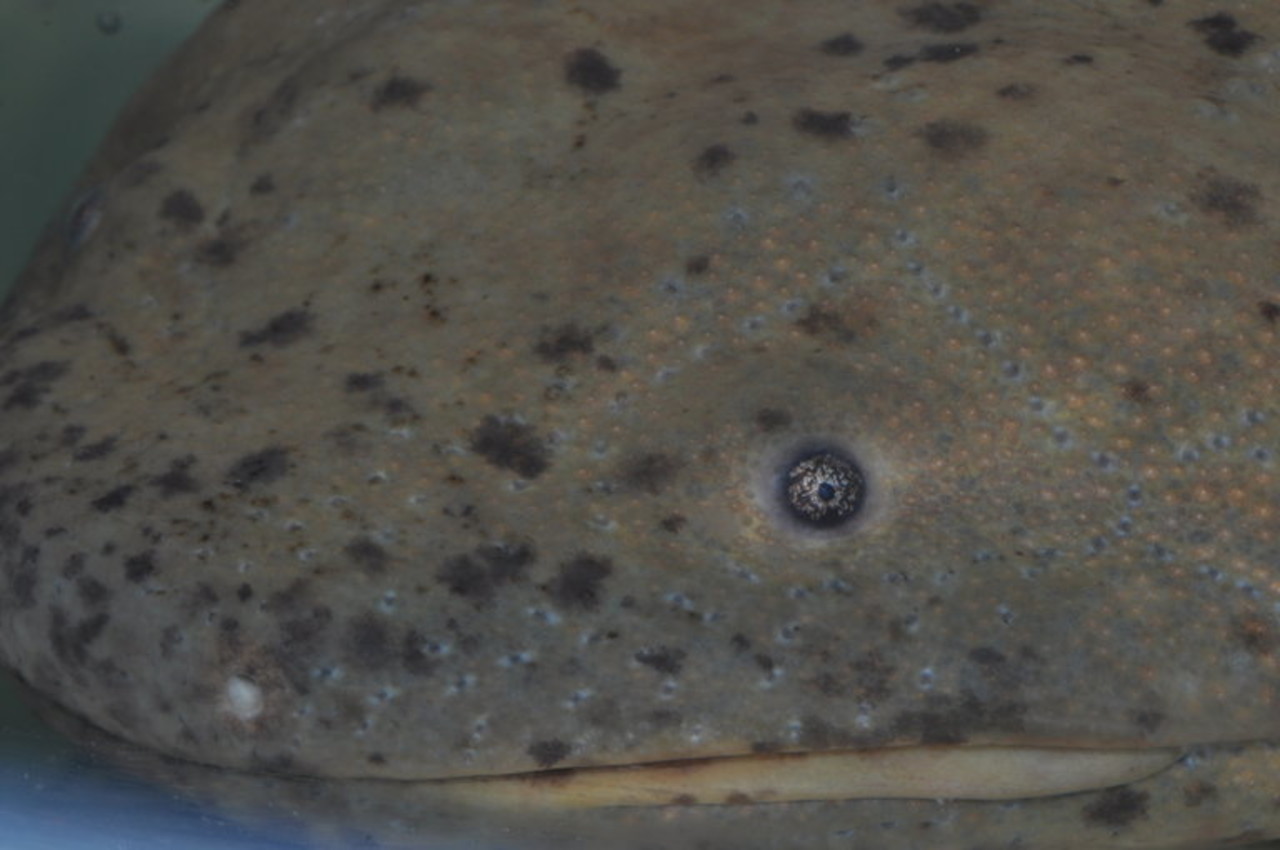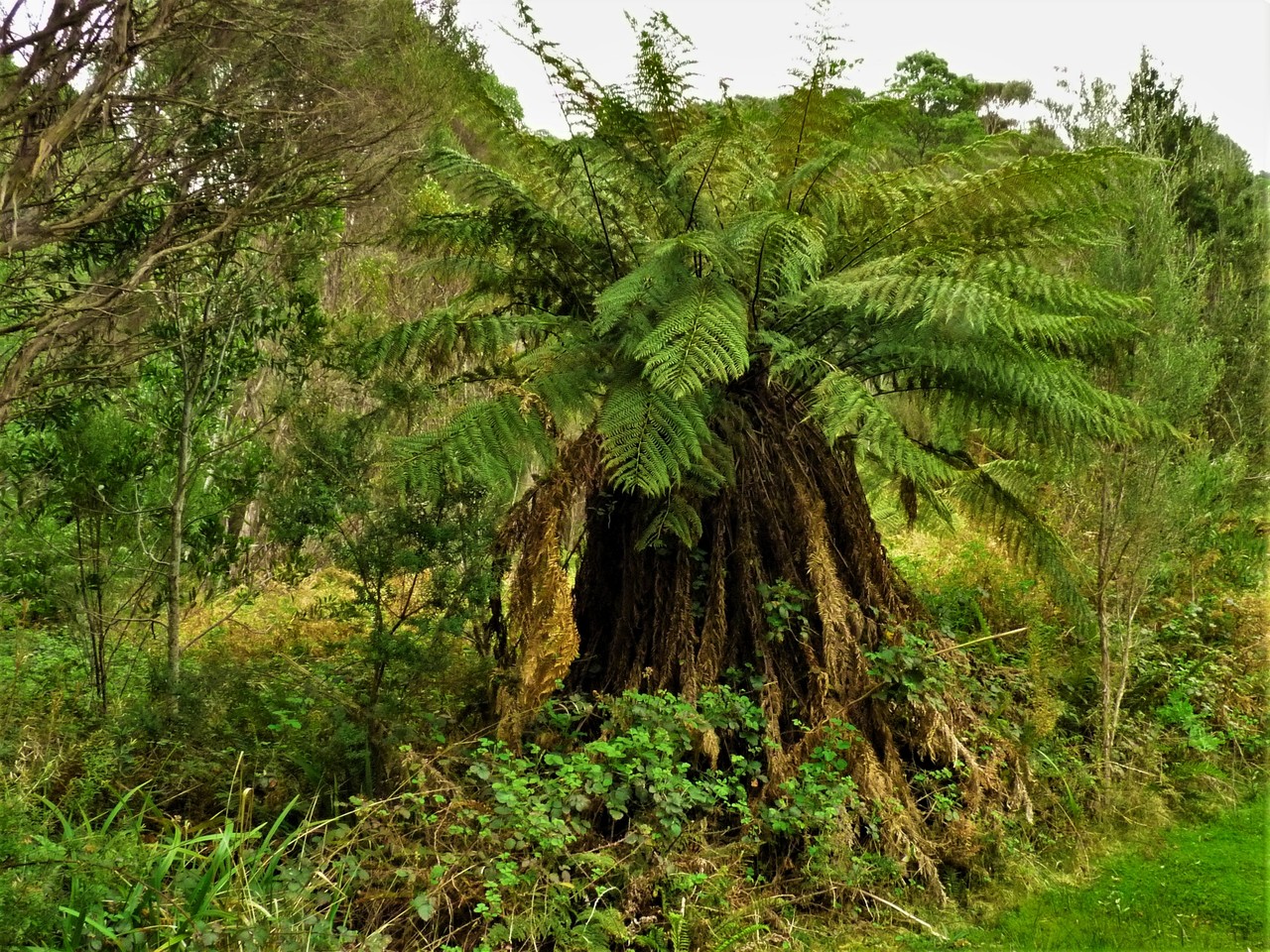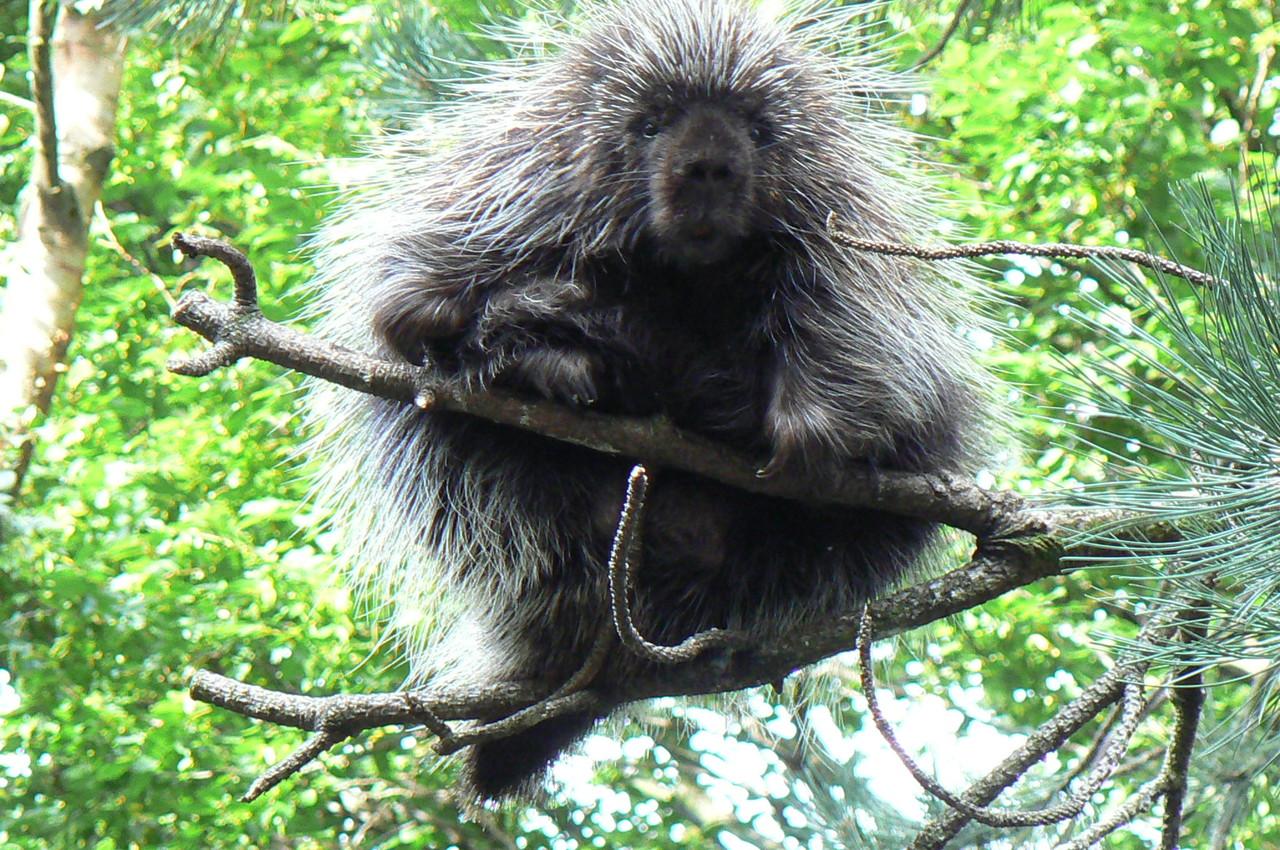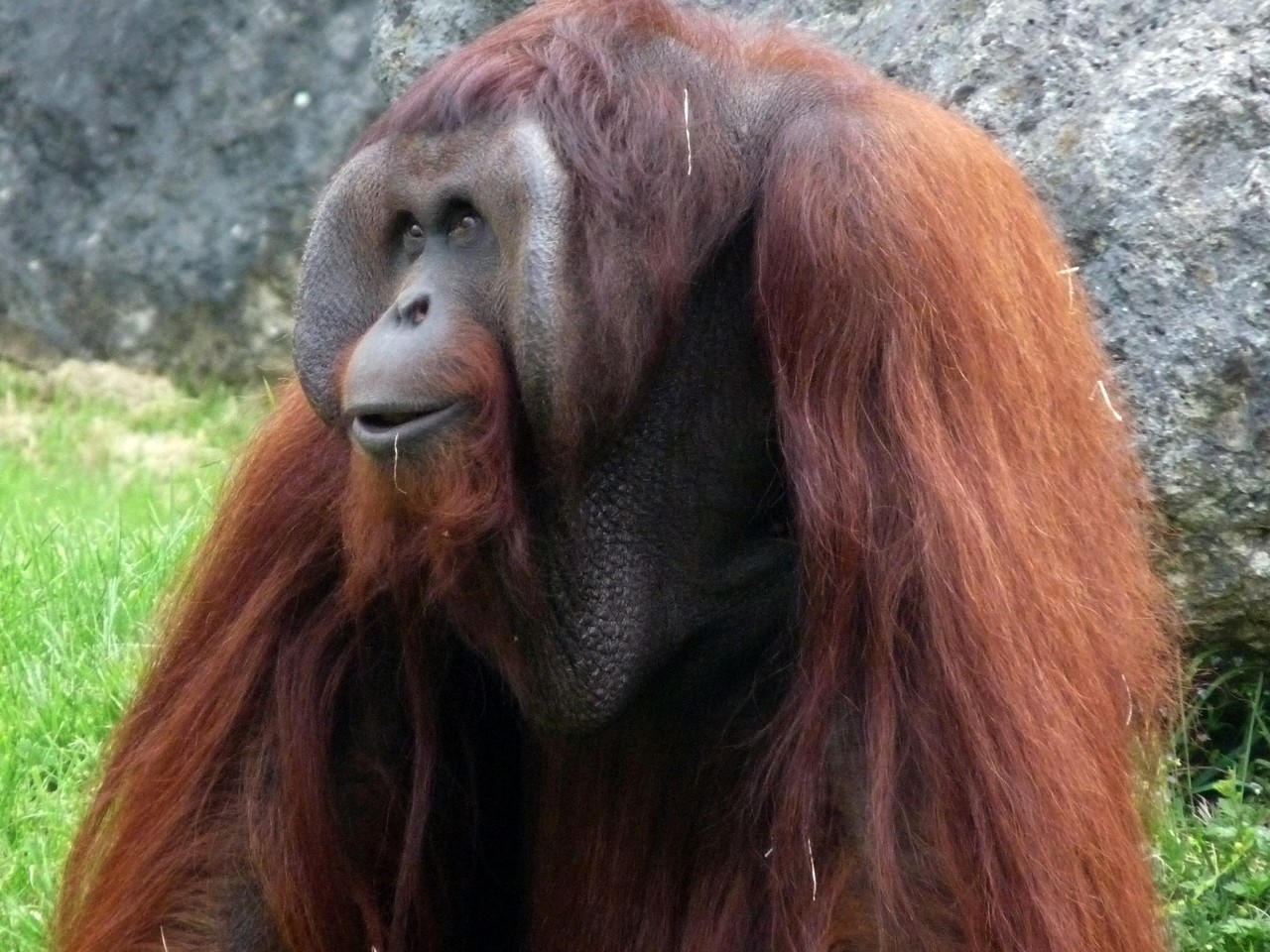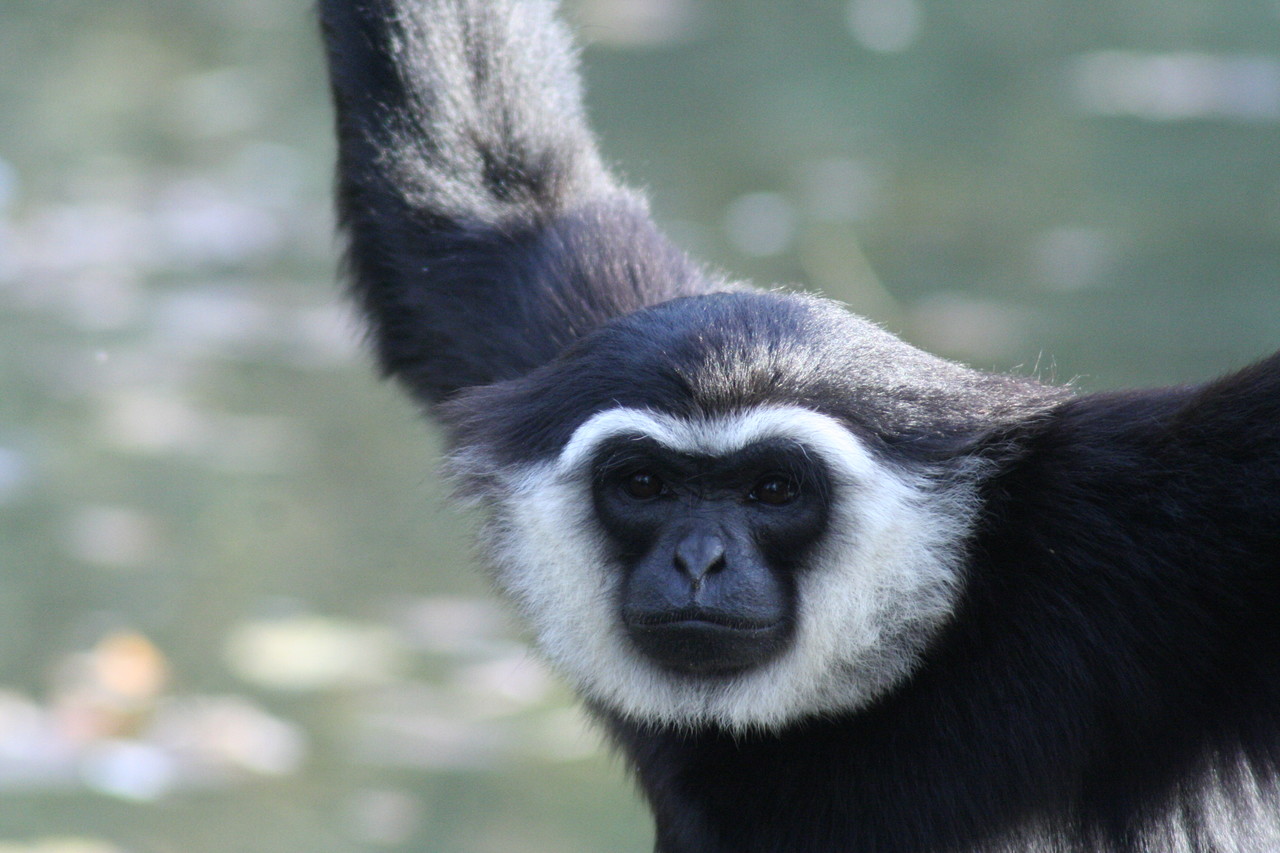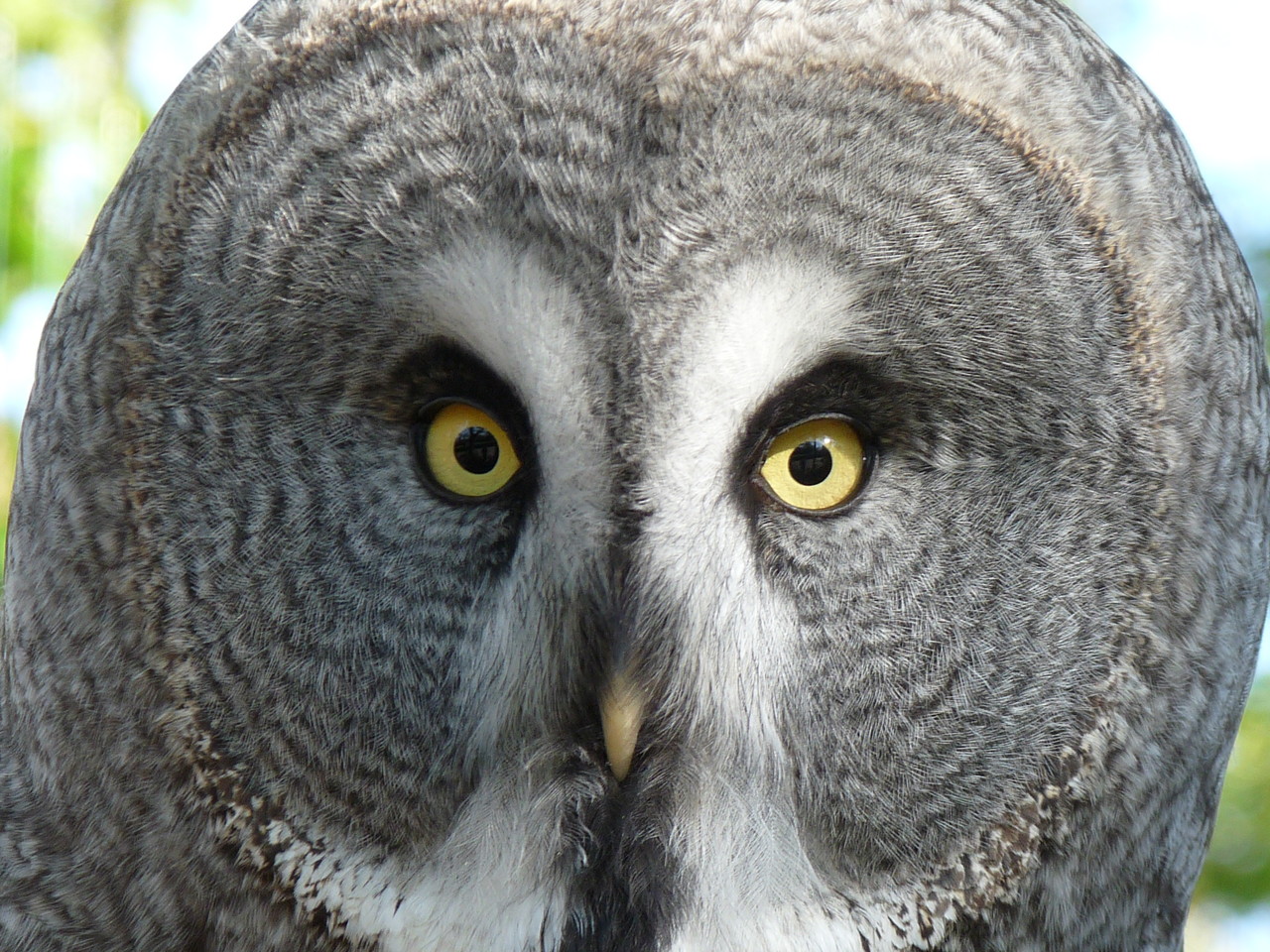History of bearded vulture
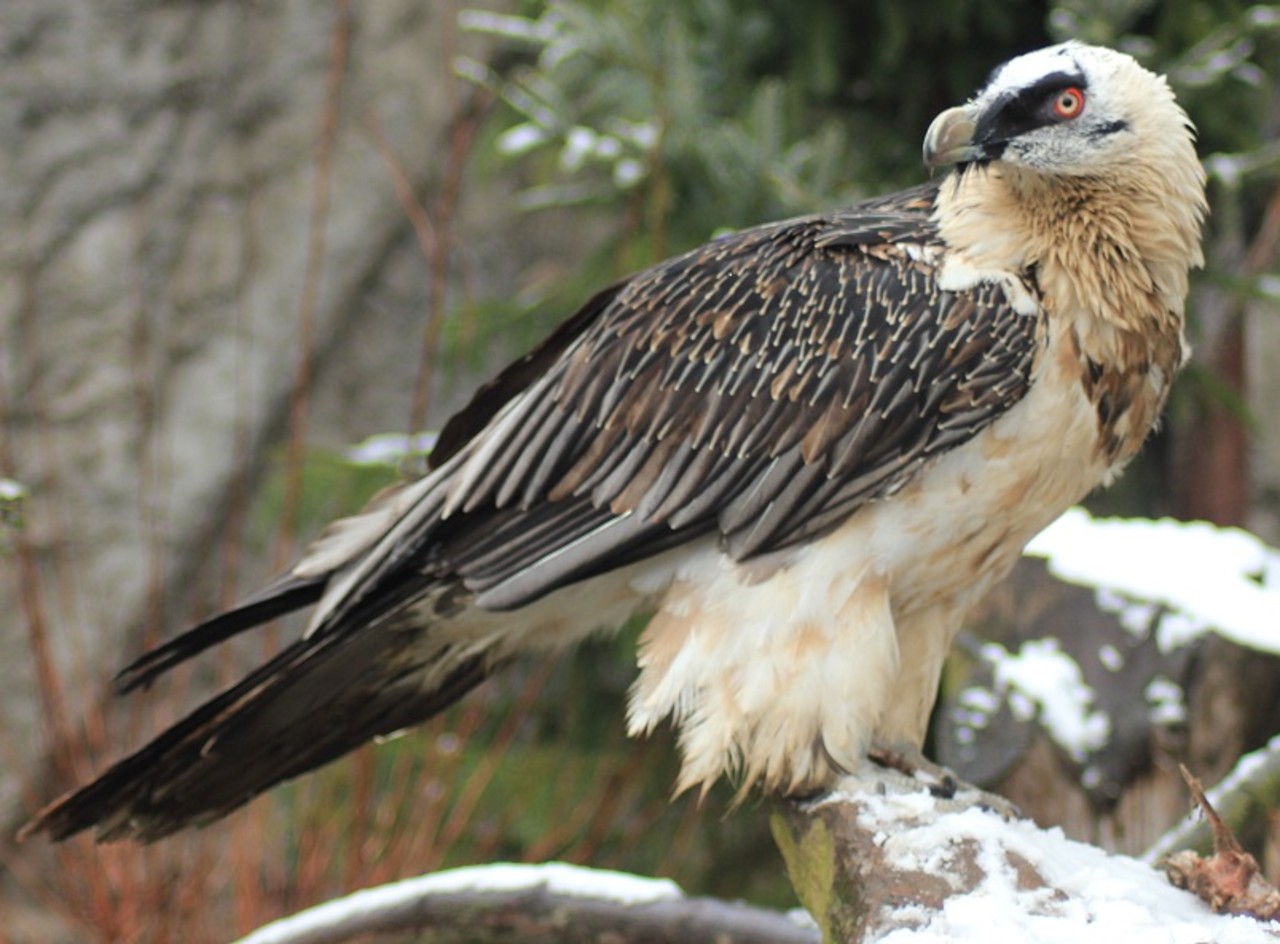
We used to treat myths and stories about supernatural powers as fairy tales, which were an inseparable part of our childhood. It would be difficult to imagine that the medieval superstition would survive to this day and, what is more, a deep faith in it will contribute to almost total extermination of one of the most beautiful bird species of prey that occur on the globe.
And yet it was a man who caused the extinction of the entire Alpine population of the Eagles, living in the highest parts of the mountains.
The bearded vulture is a truly unusual bird.
The only big predator which, gliding with curiosity watches wandering people as if wanting to get to know them better.
The only one which, in the nests fixed high in the hollows of inaccessible rock walls, weaves bones and pieces of skulls of dead animals, which confirms a deeply rooted myth about the monster, bringing up the young among the remains of their victims.
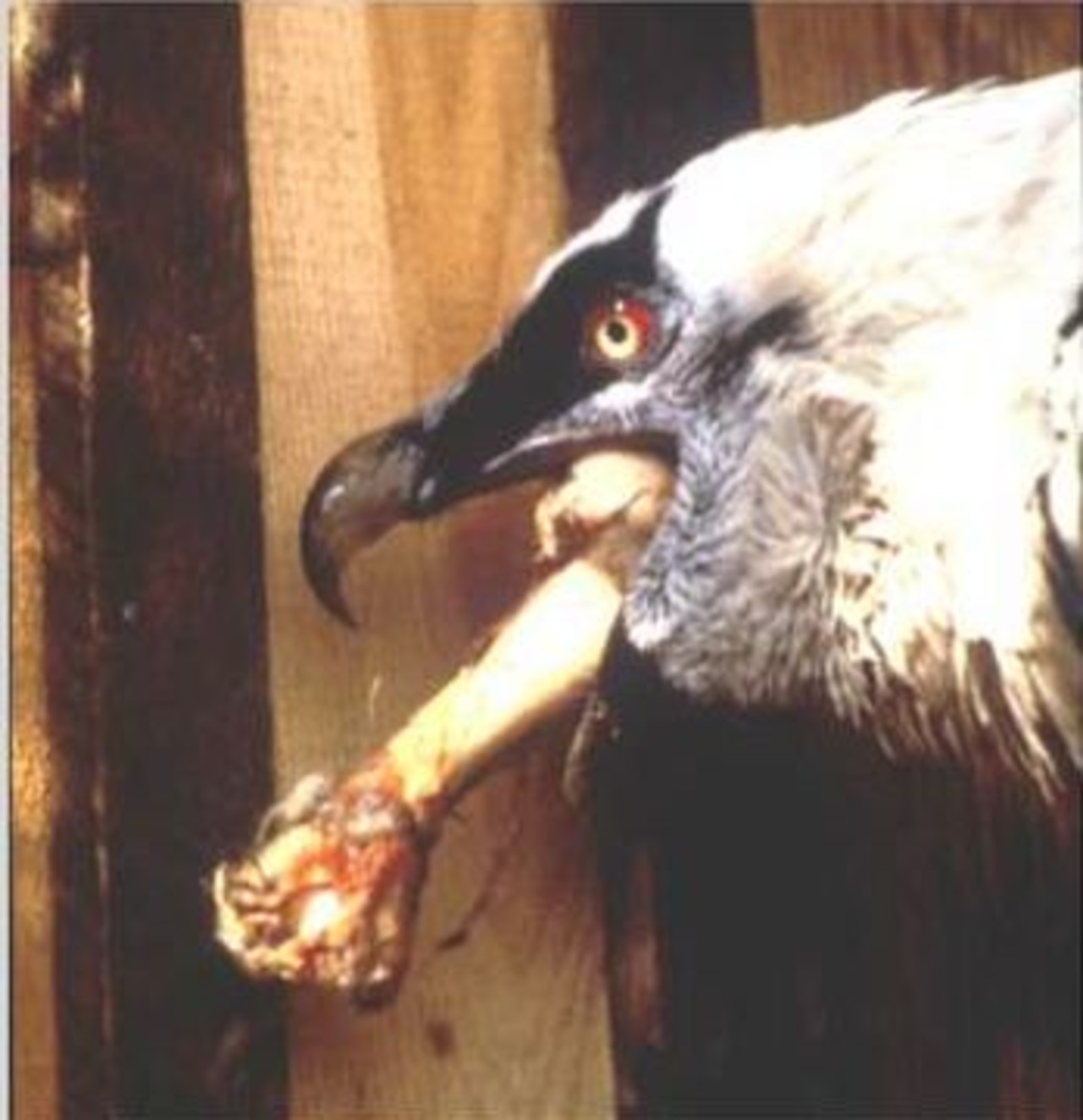
The only predator from the hawk family that makes a specific make-up, colouring the feathers on the chest reddish in rust-coloured, saturated with iron trivalent iron oxide alpine sources.
Finally, the only bird whose over 75 percent of the food consumed are bones, sometimes much larger than it would seem to be able to swallow.
All these exceptions that trigger the fascination of scientists have caused the destruction of the entire alpine population of eagles. In the 18th and 19th centuries, these birds were intensively persecuted, they were massively hunted, they were caught in traps and poisons were taught. They were considered beasts that kill pets and even kidnap children. In 1913, the last bearded vulture was killed, and the event was even documented in the photo / below /.
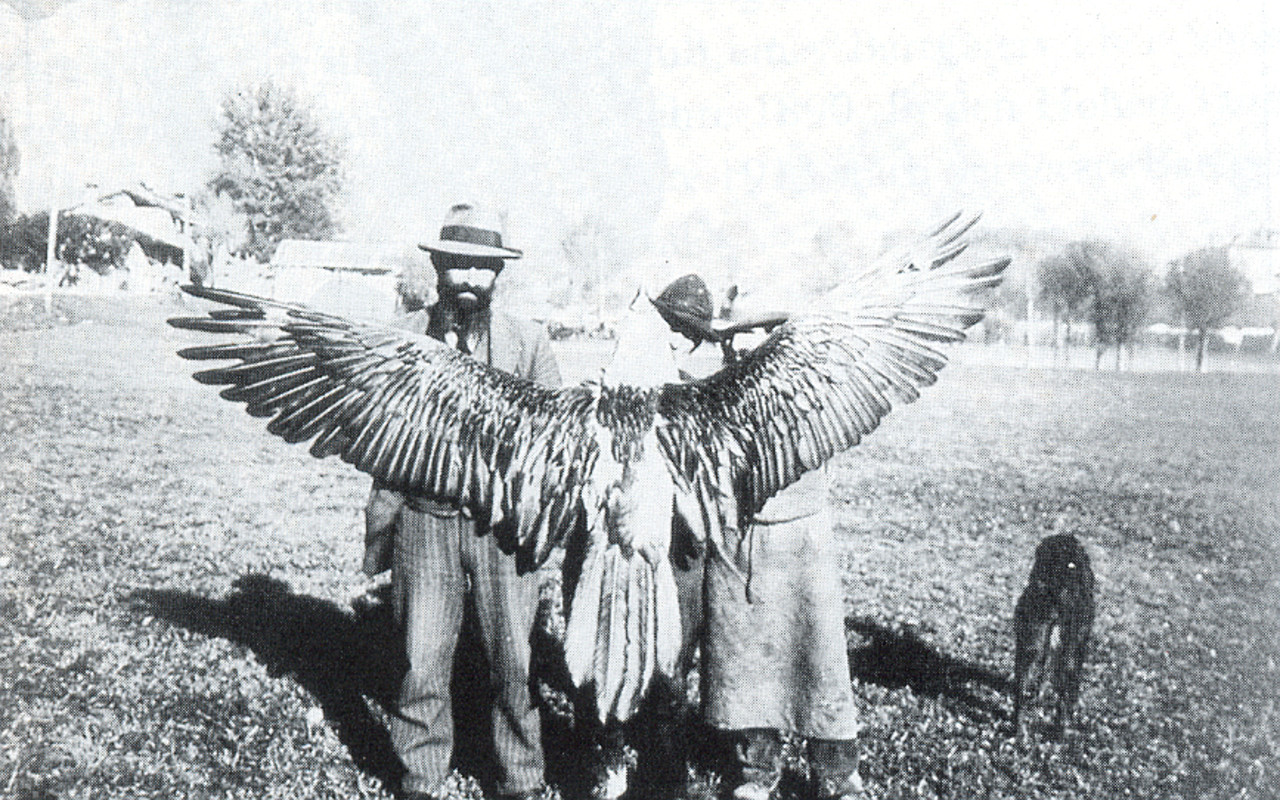
Fortunately, these birds, apart from the Alps, also live in the mountainous areas in the Mediterranean and the Balkan Peninsula, and isolated populations are also found in Africa. In 1922, the Swiss Karl Stemmler attempted to re-settle the eagles in the Alps, transferring individuals from other regions of occurrence. As a result of extremely sharp social opposition he was forced to abandon his activity.
The bearded vulture aroused great excitement also among scientists for whom it was a symbol of the threat to the nature of the Alps, and who also saw its huge role in the Alpine ecosystem. In 1973, in Austria, under the auspices of the International Union for Nature Conservation, a reintroduction program was undertaken, i.e. an attempt to re-inhabit the vulture in the Alps. Birds from other regions of occurrence, mainly from the Balkan Peninsula, were used for the programme.
A special breeding centre was created for this purpose, constituting a scientific facility of the Viennese university, and also selected zoological gardens started the breeding programme. In 1986, four freshly feathered young vultures were released for the first time. Enormous effort paid off, the birds gradually began to acclimatise to the Alps. In spite of this, there were still quite a few cases of scaring or even shooting at them. Former superstitions proved too difficult to eradicate completely. E.g. in 1993, a shot adult bearded vulture was found / photo. below/.

In the Alpine countries, i.e. in Austria, France, Germany, Switzerland and Italy, altogether 146 young eagles were released in high altitude regions. Some of the birds died, but now in the territory of the Alps there are more than 20 breeding pairs, which are capable of rearing the young.
This programme, just like the Polish bison rescue programme, functions thanks to the breeding of rare species in breeding centres and zoological gardens.
"They are birds with a unique personality" ... Professor Hans Psenner, the initiator of the reintroduction programme, once said. They are one of the symbols of dying nature. It remains to be hoped that human prejudices will cease to prevail in the confrontation with the protection of species and that man will understand that he is a part of nature, and not its master, with impunity regulating the resources of living nature. Before it's too late.
Aleksander Niweliński



